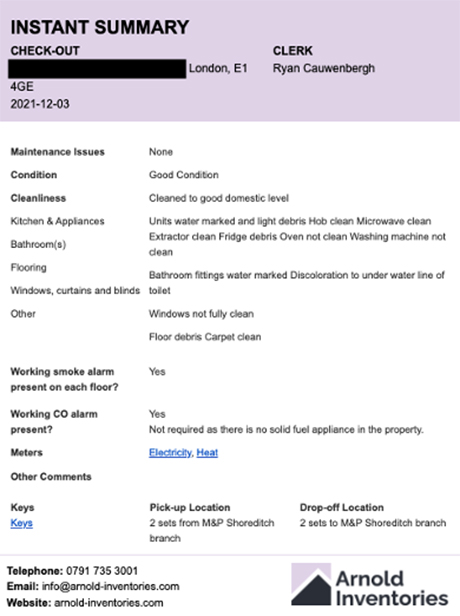What Is Legionella, and Why Is It a Concern?
Legionella is a type of bacteria that can be found in both natural and man-made water sources. The bacteria thrives in warm water environments, such as hot tubs, cooling towers, and plumbing systems.
Legionella bacteria can cause a severe form of pneumonia known as Legionnaires’ disease. When people inhale water droplets containing the bacteria, they can become infected and develop symptoms such as high fever, muscle aches, coughing, and shortness of breath.
It is a concern because inhaling the bacteria can lead to serious respiratory illness, particularly in individuals with weakened immune systems or underlying health conditions.
Proper maintenance and cleaning of water systems are crucial in preventing the spread of Legionella.
What Is Legionnaires Disease?
Legionella bacteria can exist in water systems without it being known, but when inhaled it can cause Legionnaires Disease. This is a rare form of pneumonia (lung infection), and can be extremely serious.
Individuals that are more susceptible to the disease, and that is poses the greatest risk to, include:
- People over 50
- Anyone who smokes, or has been a heavy smoker in the past
- People with a chronic lung disease
- Individuals with weakened immune systems
Treatment typically involves antibiotics, and early detection is crucial for a successful recovery. Having said this, prevention is always better than the cure!
Landlords should pay particular attention to minimising risks within their rental properties, to ensure they are keeping tenants safe.
Why is a Legionella Risk Assessment Needed?
A Legionella Risk Assessment, or ‘water risk assessment’ is needed in order to ensure the safety of tenants, and to prevent the spread of Legionnaires’ disease.
By conducting a risk assessment, potential sources of Legionella contamination can be identified, and appropriate control measures can be put in place to minimise the risk of exposure.
What Does a Legionella Risk Assessment Cover?
A Legionella risk assessment for landlords is a thorough evaluation of the potential risks and hazards associated with Legionella bacteria in a rental property. This assessment typically includes a review of existing water systems, temperature control measures, and water storage and distribution systems within a property. This helps to identify potential areas where Legionella bacteria could develop and spread.
A Legionella risk assessment is essential for landlords in the UK to comply with legal requirements, protect public health, fulfil their duty of care to tenants, and avoid liability and legal consequences associated with Legionella contamination in rental properties.
Is a Legionella Risk Assessment a Legal Requirement?
A Legionella Risk Assessment is not a legal requirement for landlords in the UK. Having said this, the Health and Safety Executive (HSE) states that landlords are legally obligated to ‘ensure the health and safety of tenants by keeping the property safe and free from health hazards’.
Legionella bacteria can cause Legionnaires’ disease, which can be a serious risk to the health of those exposed. As a landlord, you should ensure the safety of your tenants by assessing the risk of Legionella in water systems, implementing appropriate control measures, and keeping detailed records of risk assessments and actions taken.
Best Practices for Preventing Legionella Contamination in Rental Properties
Implementing best practices for preventing Legionella contamination in rental properties is crucial for protecting tenants’ health and fulfilling landlords’ legal obligations. Here are some recommended strategies:
- Conduct Regular Legionella Risk Assessments: Landlords should conduct thorough Legionella risk assessments of their rental properties. This should include identifying potential sources of contamination, assessing risk factors, and implementing appropriate control measures. Regular assessments help ensure that preventive measures remain effective over time.
- Maintain Water Temperature: Legionella bacteria thrive in water temperatures between 20°C and 45°C. Landlords should maintain hot water systems at temperatures above 60°C to prevent bacterial growth and regularly flush out stagnant water in cold-water systems.
- Prevent Stagnation: Stagnant water provides an ideal breeding ground for Legionella bacteria. Landlords should encourage regular water usage in rental properties, such as running taps and flushing toilets, especially in properties that are vacant for extended periods. If your property is vacant for long periods you should arrange to have the water system flushed every 2 weeks. Arnold inventories can carry out flushing for you. You can book this here
- Ensure Proper Water System Design and Maintenance: Proper design and maintenance of water systems can help prevent the formation of biofilm, which can harbour Legionella bacteria. Landlords should ensure that water systems are well-designed with no dead legs, properly installed, and regularly inspected and maintained by qualified professionals.
- Implement Water Treatment Measures: Depending on the risk assessment findings, landlords may need to implement water treatment measures such as chlorination, copper-silver ionisation, or ultraviolet (UV) disinfection to control Legionella bacteria. These measures should be carried out by trained professionals according to recommended guidelines.
- Educate Tenants: Landlords should educate tenants about Legionella risks and preventive measures, such as the importance of maintaining water temperatures, and reporting plumbing issues promptly.
- Keep Detailed Records: Landlords should maintain detailed records of Legionella risk assessments, maintenance activities, water treatment measures, and any incidents or complaints related to water quality. These records demonstrate compliance with legal requirements and provide documentation of proactive measures taken to protect tenants’ health.
- Regular Monitoring and Review: Regular monitoring of water quality and system conditions is essential for detecting any signs of Legionella contamination promptly. Landlords should establish a monitoring schedule and regularly review risk assessment findings to ensure that control measures remain effective and up-to-date.
- Seek Professional Guidance: Landlords should seek professional guidance from qualified consultants or water hygiene specialists to ensure that Legionella risk assessments are conducted accurately and control measures are implemented effectively. Professional expertise can help landlords navigate complex regulations and ensure compliance with legal requirements.
By implementing these best practices, landlords can reduce the risk of Legionella contamination in rental properties, protect tenants’ health, and fulfil their legal obligations to provide safe and habitable living environments.
How Can Arnold Inventories Help?
Arnold Inventories are your trusted partner for the whole range of property services! We can provide thorough and detailed inspections of properties to identify any potential sources of Legionella bacteria.
By conducting comprehensive assessments, we can accurately determine the level of risk present in a property and provide recommendations for how to mitigate any risks to your tenants.
This will help you ensure your properties are safe and comply with regulations and recommendations related to Legionella prevention. Additionally, Arnold Inventories can offer guidance on best practices for maintaining water systems to reduce the likelihood of Legionella growth, ultimately helping to protect tenants and avoid potential legal issues for landlords.
Get in Touch Today
We would love to hear from you! Reach out to our team of property experts today on 020 4579 9597, or by filling out our online contact form.




0 Comments
Leave A Comment